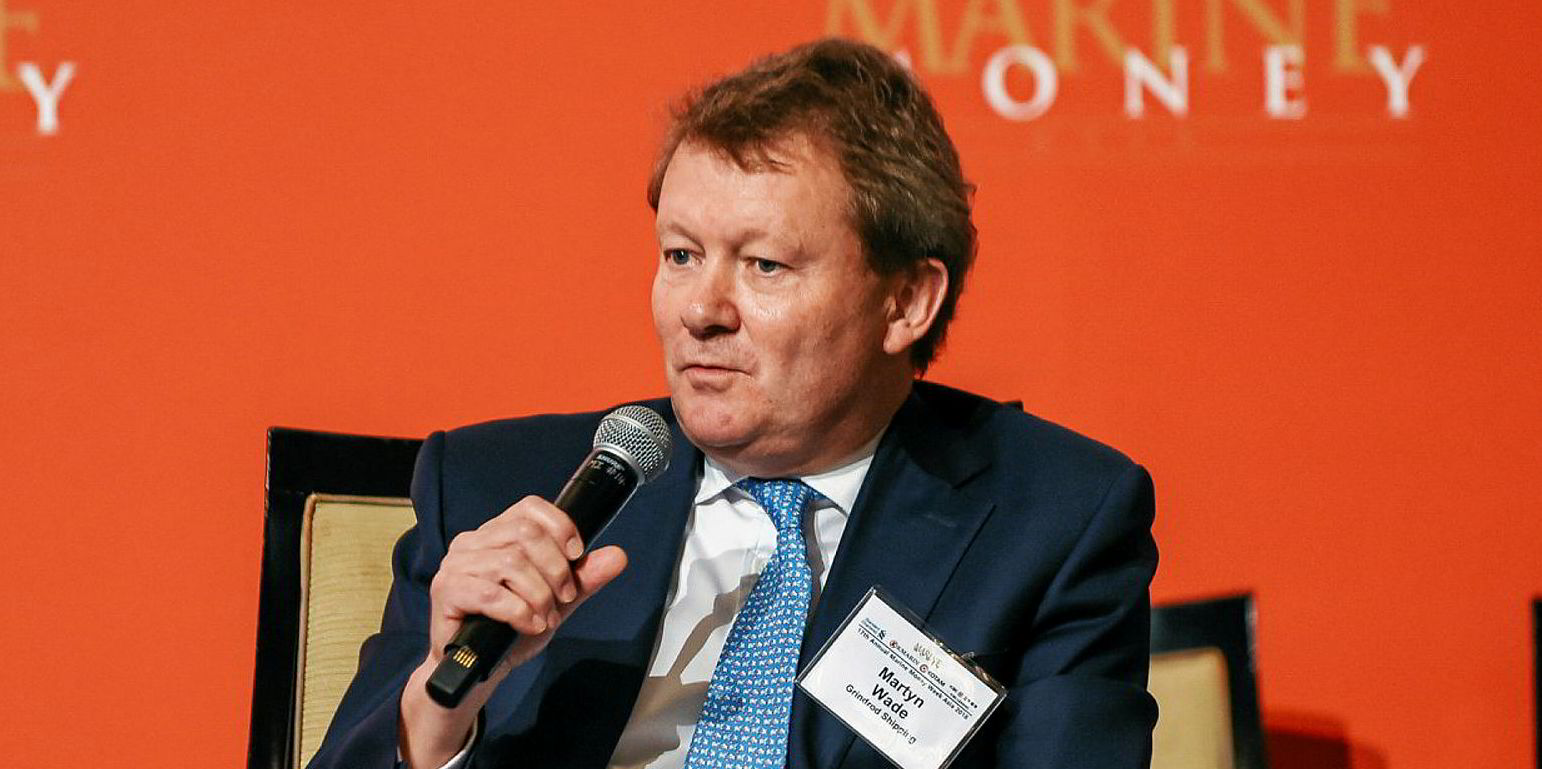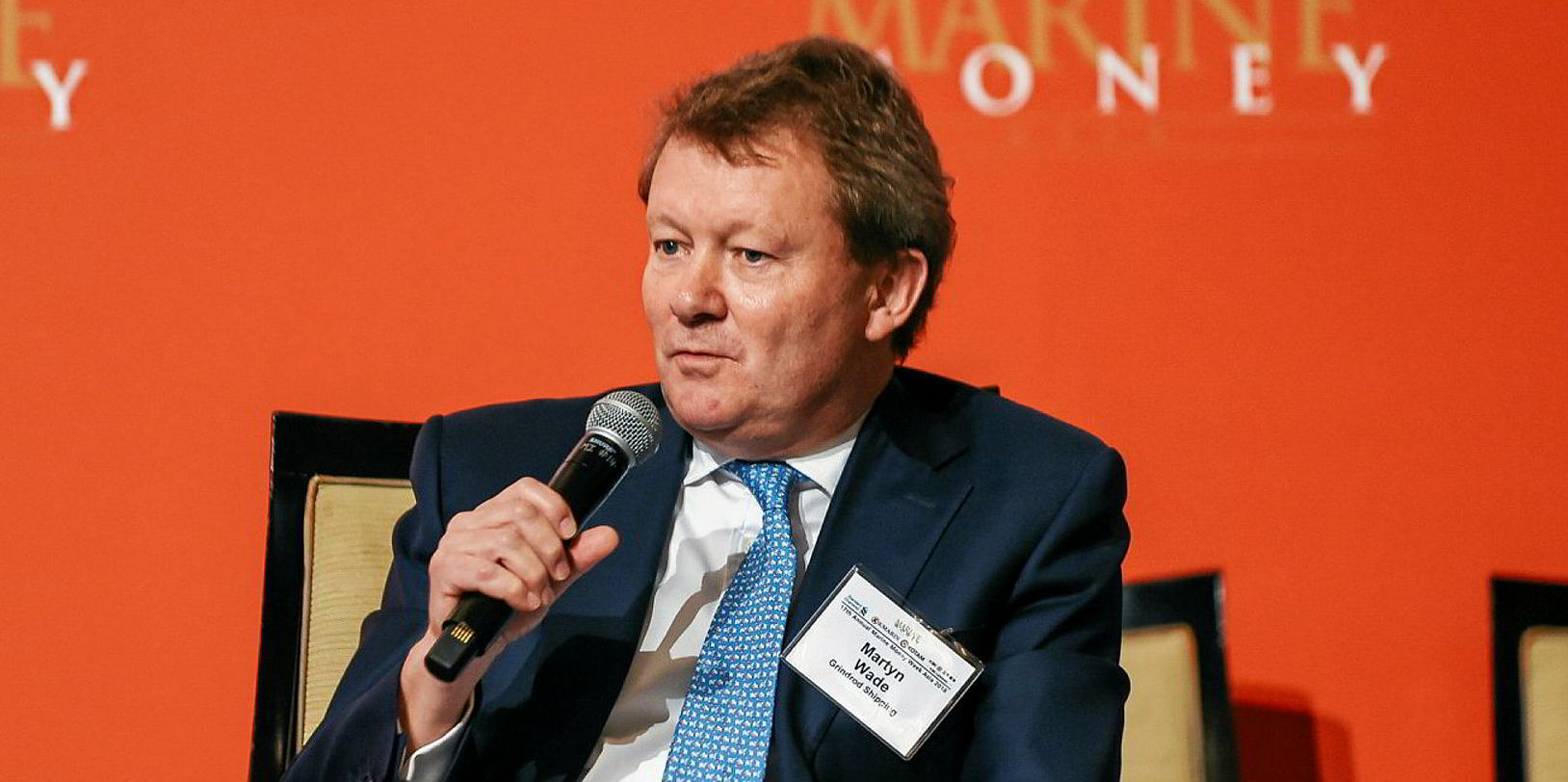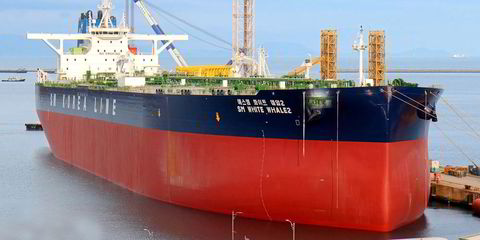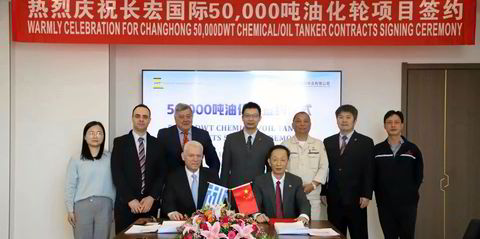Grindrod Shipping is set to increase its stake in IVS Bulk after agreeing to buyout one of its two joint venture partners.
The Martyn Wade-led shipowner said the stake would increase its ownership percentage to 66.75%. No financial terms were disclosed.
The two joint-venture partners in IVS Bulk are Sankaty European Investments III and Regiment Capital Ltd, according to its IPO prospectus.
Grindrod said it was “currently in advanced discussions” with lenders to refinance all of the existing debt of IVS Bulk, as well as provide sufficient capital to acquire the additional 33.25% stake.
The Nasdaq-listed shipowner said the remaining partner intends to retain its 33.25% stake in IVS Bulk. However, the identity of the seller was not disclosed.
A core focus since our listing has been to streamline our corporate structure by reducing the number of off-balance sheet joint ventures
Martyn Wade
"A core focus since our listing in June 2018 has been to streamline our corporate and financial structure by reducing the number of off-balance sheet joint ventures which will allow investors to more easily understand our operating and financial performance," said chief executive Martyn Wade.
He added that the acquisition of the additional IVS Bulk stake would allow Grindrod to "consolidate its 12 vessels in our financials going forward".
News of the consolidation came as Grindrod Shipping reported a second quarter loss of $19m including $4.3m impairment loss on vessel sales.
“Our operations in the first half of 2019 showed a slight improvement in revenue, gross profit, and adjusted ebitda with a slight decline in net income from the first half of 2018, reflecting weaker drybulk markets, partially offset by a stronger product tanker market,” said Wade.
“Within that context, we continued to demonstrate our ability to outperform the relevant industry benchmarks in both our dry bulk and tanker fleets.”
For the first half of 2019, Wade said Grindrod’s time charter equivalent (TCE) per day in the handysize segment was $7,030 compared to the BHSI of $5,753 an outperformance of about 22.2%, whereas in the ultramax/supramax segment its TCE per day was $10,481 compared to the BSI-58 of $7,807, an outperformance of approximately 34.2%.
“On the tanker side, the markets started strong in the winter months before coming off in the second half of the period as refinery maintenance season picked up, impacting charter rates,” said Wade.
“Still, we achieved an MR tanker TCE per day of $14,276 during the first half of 2019 compared to $12,448 for the Clarksons MR Clean Average Earnings assessment, an outperformance of about 14.7%.”
Looking ahead, Wade said he believes that the long-term fundamentals “appear positive” reflecting the reduced supply outlook combined with steady demand especially for minor bulks, which are typically carried by Grindrod’s vessels.
“Already, we have experienced an increase in charter rates thus far in the second half, especially in the last few weeks, where the BHSI and BSI-58 have reached rates of $9,250 and $14,507, respectively,” said Wade.
“We also expect the product tanker market to improve given the increase in refining capacity and dislocation between refiners and end users combined with the low orderbook for MR tankers.
“Furthermore, the implementation of the IMO 2020 regulations may have a positive impact on the overall market further limiting supply as the result of higher scrapping rates, increased off hires, vessel repositioning, and slow steaming.”






